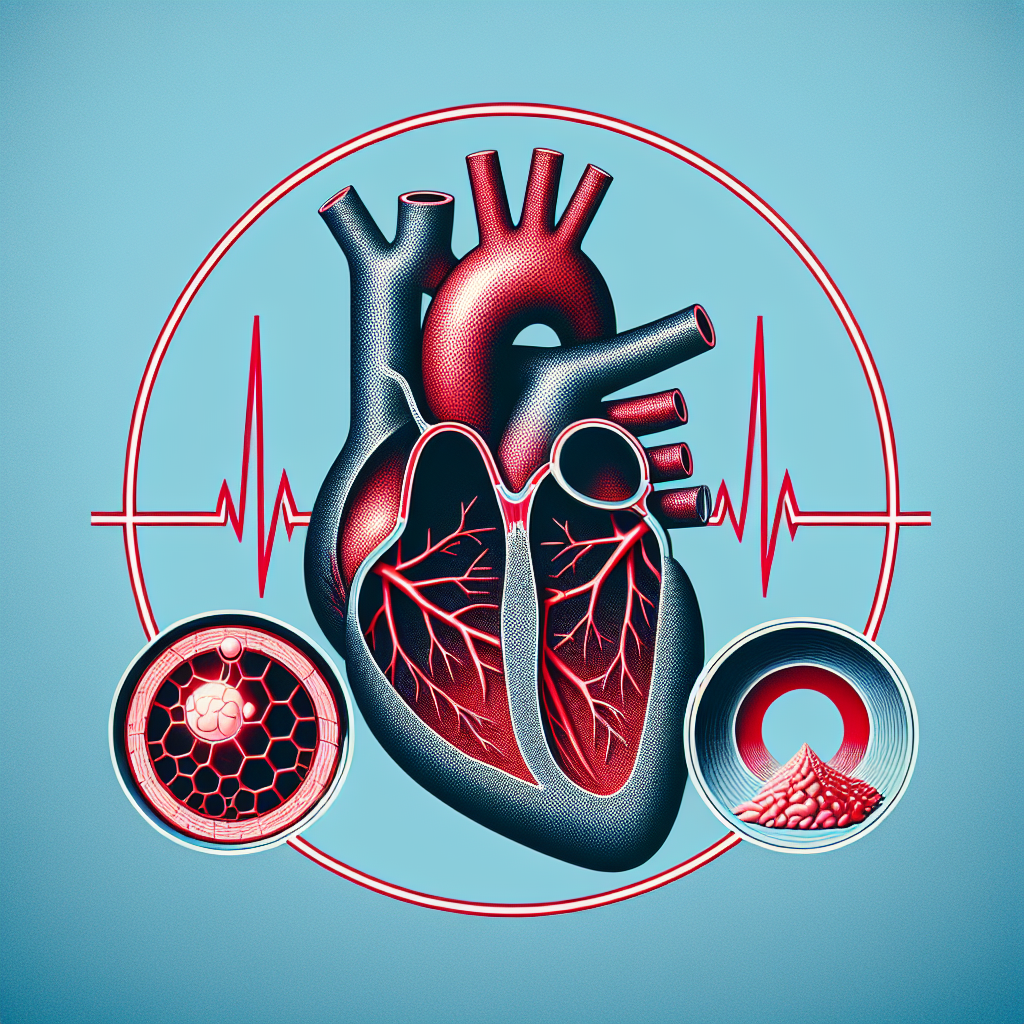MARIN COUNTY, Calif. (KGO) -- Combating homelessness continues to be a challenge for many cities. But Marin County is having some success, especially when it comes to housing its veterans.
An unhoused woman walks barefoot to the Ritter Center in San Rafael, asking for a pair of shoes. It's not an unusual request here. The homeless know the Ritter Center is where they find supplies, get referrals and find compassion.

A volunteer finds the size seven-and-a-half pair of running shoes she needs. For her, the shoes represent comfort and warmth on this rainy day. Right now the struggle seems endless.
WATCH: ABC7 Originals documentary 'Home Lost' "I'm here. I've learned a lot. I've been through a lot and right now it's a little difficult," said Moran Soleil, an unhoused person who came to the Ritter Center seeking a referral for housing.
She currently lives in a minivan with her dog. "It's all inclusive campus, so we have medical services here, therapy, psychiatry and substance use services here. You have the food pantry giving two large bags of groceries every week to families," said Mark Shotwell, the CEO of the Ritter Center.
You could say Marin County is doing slightly better than some other places. Since 2017, 850 once chronically homeless individuals and families have been housed and 94% of them have remained there. That success, they say, is due to a coordinated effort between the county and the nonprofits like the Ritter Center.
MORE: Why does SF pay so much to address the unhoused crisis? We take a look "We all end up interacting with the same people who are experiencing homelessness, so when we work as one agency, then we can use all the resources the best and then one by one we get the most vulnerable people off the streets and into housing," Shotwell said. But there is still a lot of work to be done. According to the latest point-in-time numbers, there are 1,090 people who are homeless.
San Rafael has the largest number, followed by Novato. There is one group which has seen enormous progress: veterans who were once homeless in Marin County. George Phelps, an Army Veteran told us an unstable relationship led him to a cycle of hardship.
"They went wacko-wacko and threw me out, so I was on the streets for a while, lived in my car," Phelps said. MORE: Fremont takes out 'aiding and abetting encampment' part out of city's homeless camp ban Just like that, Phelps became homeless, a blemish on this community. LYANNE MELENDEZ: "Did you ever say to yourself, 'Gosh, I served my country and now I'm living in a car?' "I don't know if I did or not.
I just lived one day at a time and take it, take the life, the punches that roll at you," Phelps said. After living in a shelter for six months, he was offered a subsidized apartment at Puett Place in Novato. "It was great, great feeling ,yeah.
" he said. MORE: SF mayor announces 'Breaking the Cycle' plan to address homelessness crisis We asked him if it was his sense of security, comfort or peace of mind that made him happy. "All of the above," he told us.
David Brown of Homeward Bound Marin works with Phelps and other formerly unhoused veterans. "And suddenly realize, I don't have to survive anymore. I've got a home.
I can go out and do all those other things that I used to do and wanted to do," Brown said. Marin County identified their veterans and simply went down the list of names. MORE: San Jose leaders push to crack down on 'vanlords' exploiting the unhoused "We brought it down just one person at a time, looking at each of the veterans in our county, and we have outreach workers who go out in the field," said Carrie Sager of Homeward Bound Marin.
It the past eight years, the county has reduced its veterans homeless population from 120 to only five today. To be fair, veterans have access to a lot more resources than any other group. "If we had a veterans home that we can send everyone to, I think our numbers would be a lot lower," Sager said.
Phelps contributes 30% of his disability check toward his rent, some say a modest price to pay for stability. "We got a kitchen, refrigerator, microwave, stove, nice bathroom, nice bedroom. It's pretty nice.
I'm happy," Phelps said..
Top

Marin County showing great progress in helping unhoused community, especially veterans

Combating homelessness continues to be a challenge for many cities. But Marin County is having some success, especially when it comes to housing its veterans.











